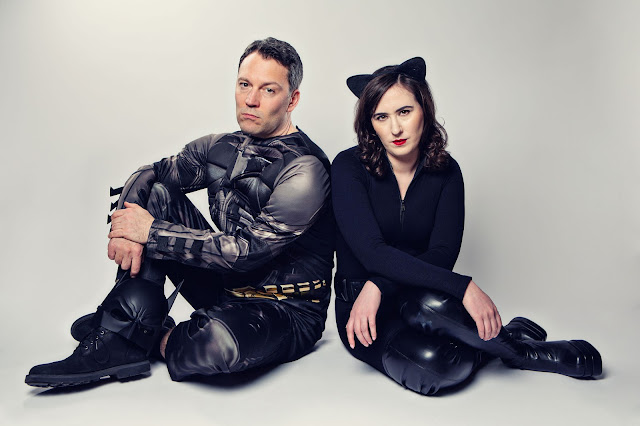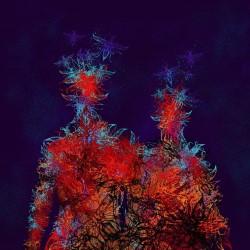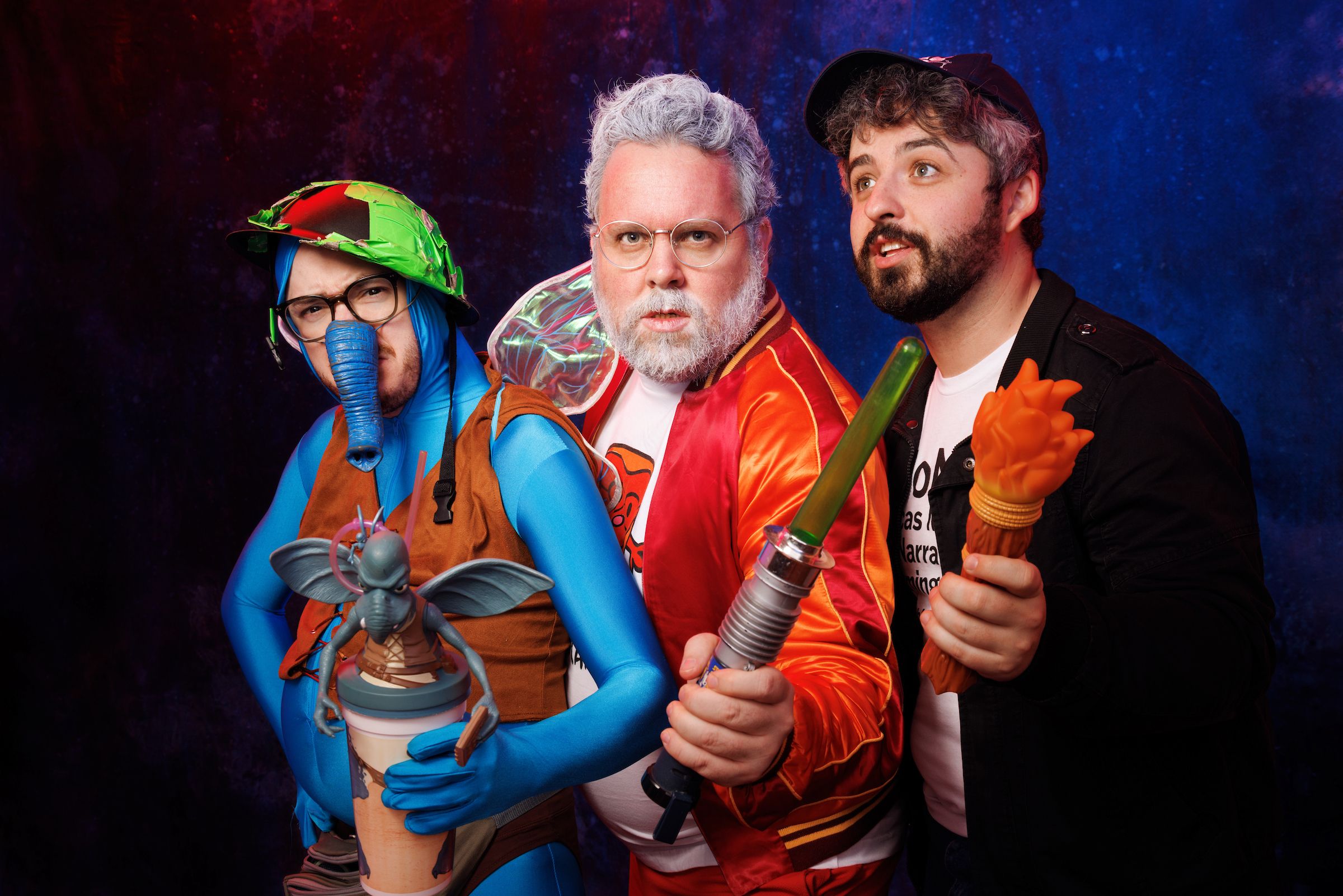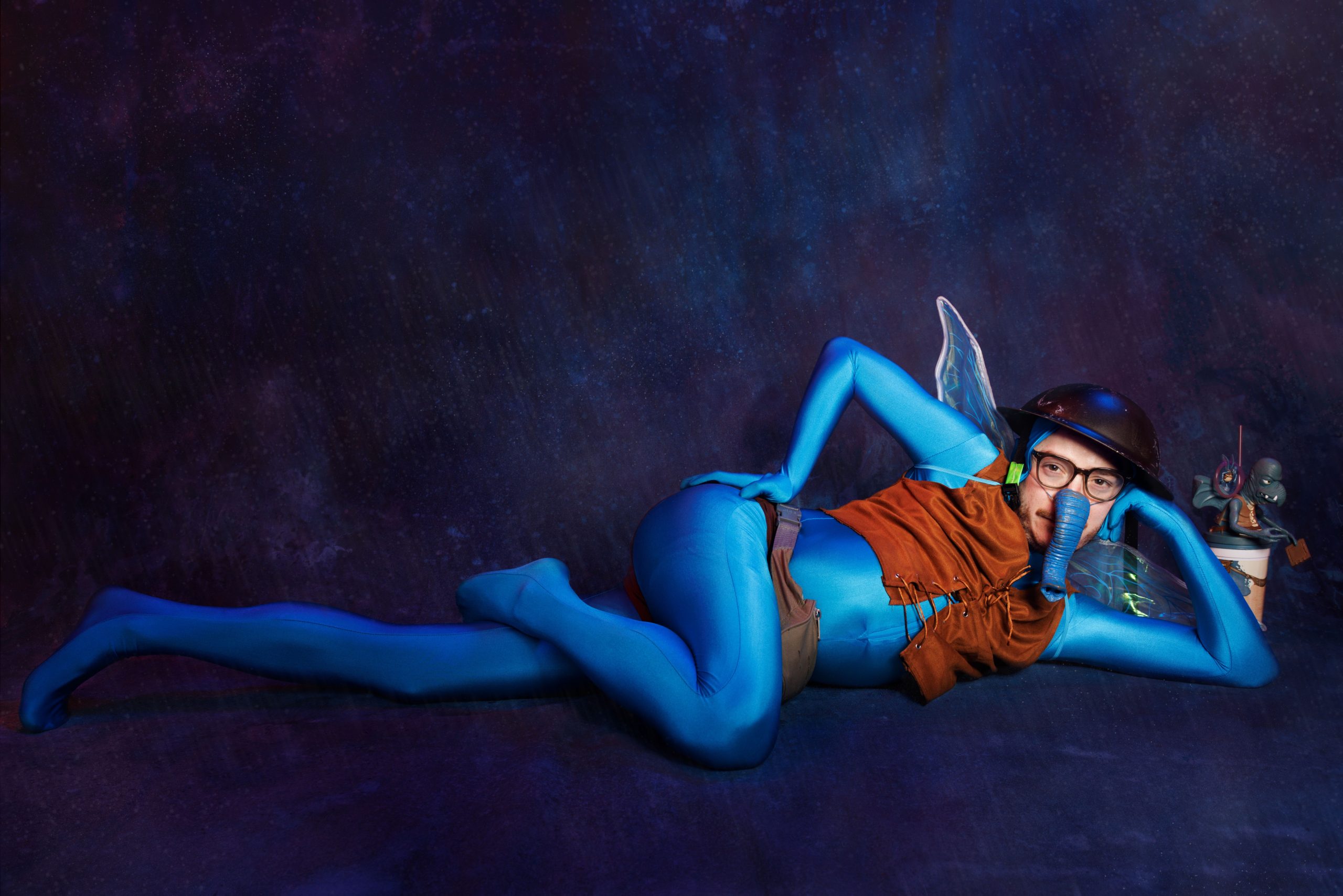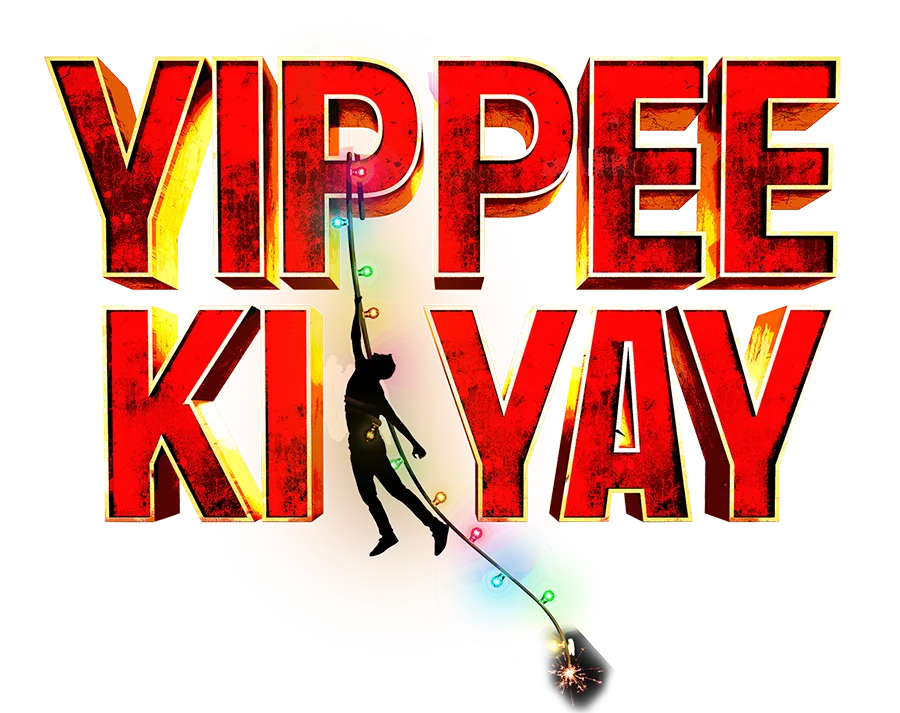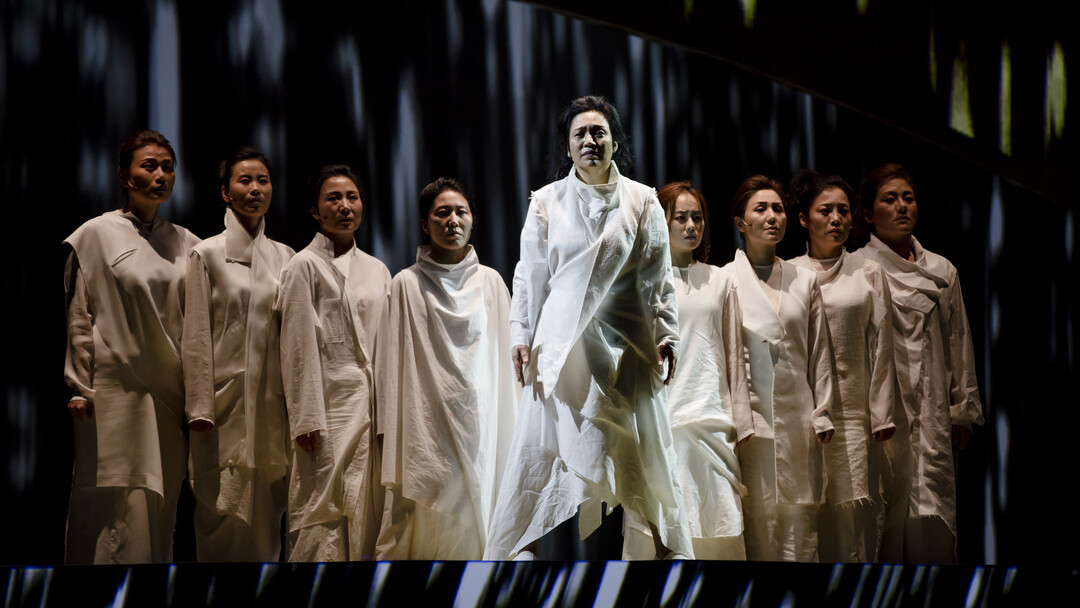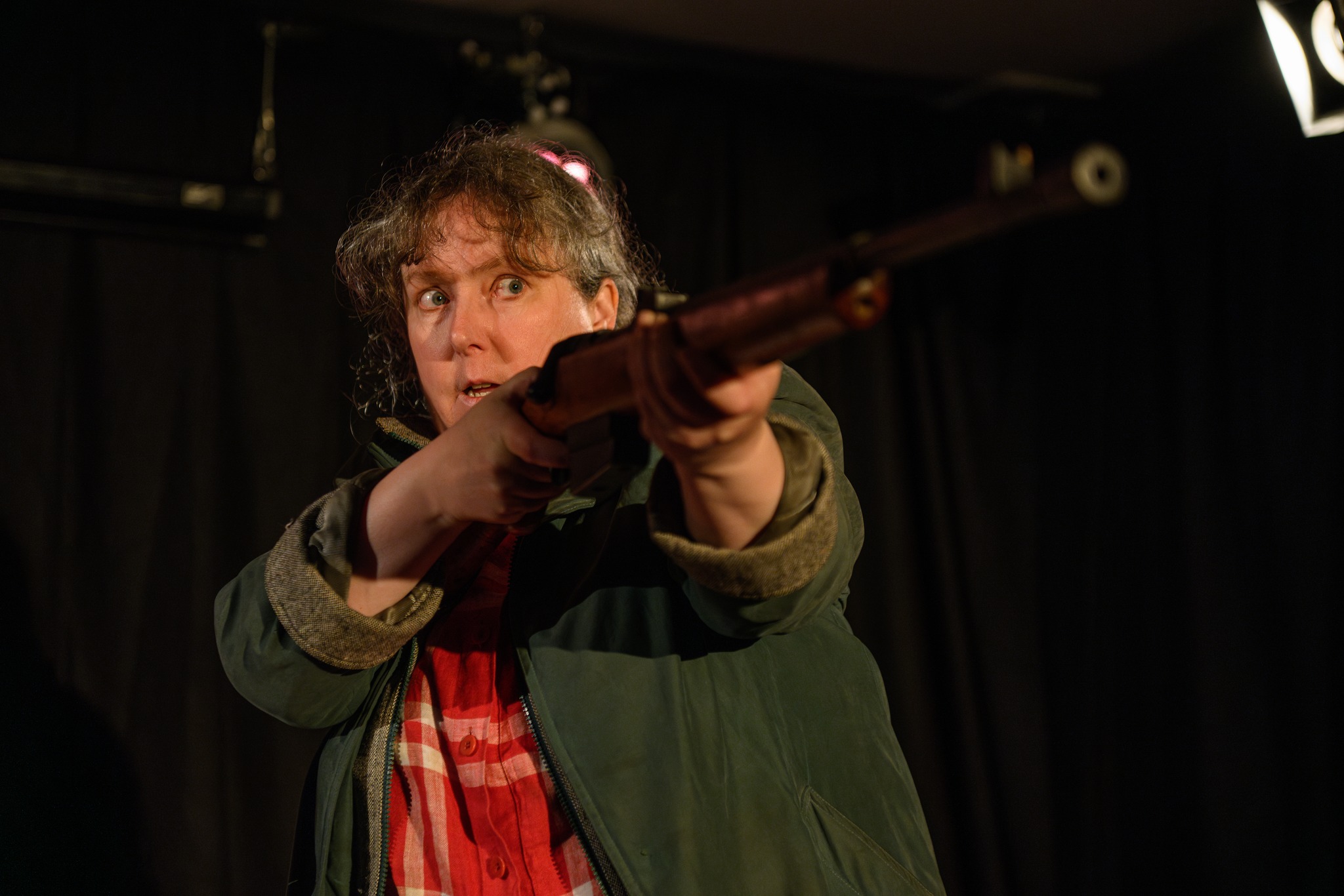by Ed Fortune
Superheroes have steadily taken over the world over the last couple of decades, and one of the ways you can tell is through the costumed characters that lurk on Hollywood Boulevard.
Inspired by various real-world events, Super is a two-hander about the sort of people who dress up as superheroes and get their pictures taken with tourists. For money.
We open with Batman, real name Rick (performed by a gravelly voiced Max Dowler), telling the story of what went down that fateful day, the one that made him go viral in all the wrong ways. Rick, who prefers to go by Batman, loves his job. He tells himself that it’s just temporary (and he’s auditioning for roles), but he really does love being Batman, even if it’s just on the streets. Which, let’s face it, is where Batman belongs.
His story has some holes, however.
Then we meet Kathryn (performed by a broadly accented Charlie Vero-Martin), a British tourist with Hollywood dreams who ends up working on the Boulevard as Catwoman, thanks to Rick’s mentorship. Her side of the story, her relationship with both Batman and his side-kick, Robin, fills in the gaps. Gradually the two take turns until a tale of pettiness, jealousy, ego and hope is laid bare.
It’s a nice premise for a comedy-drama, and at about an hour, pretty much the right length. Though it lacks a certain sense of authenticity, it makes up for this with humour and strong performances.
The writing here is quick and funny, with a solid core of bitter-sweet comedy that keeps everyone engaged throughout. Super is essentially a show about relationship trauma that has a thin coating of Hollywood glitter. One for fans of gossip and superheroes.

Super on at the Edinburgh Fringe until August 28th, 2023. You can get tickets here and find more details here.

